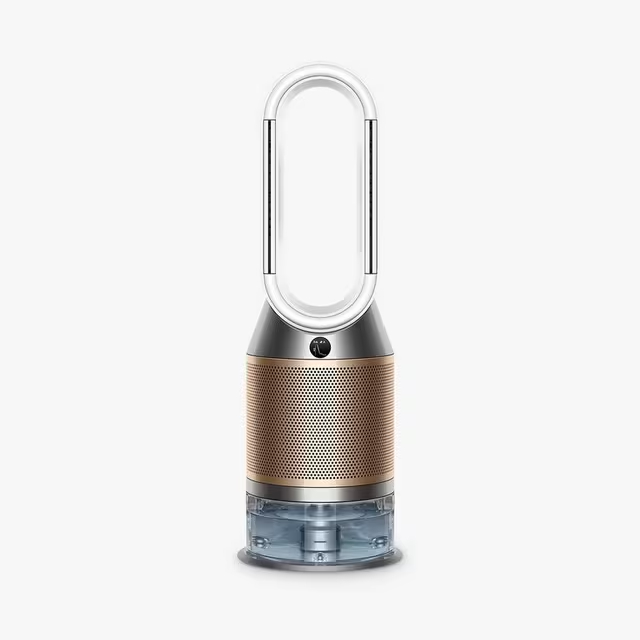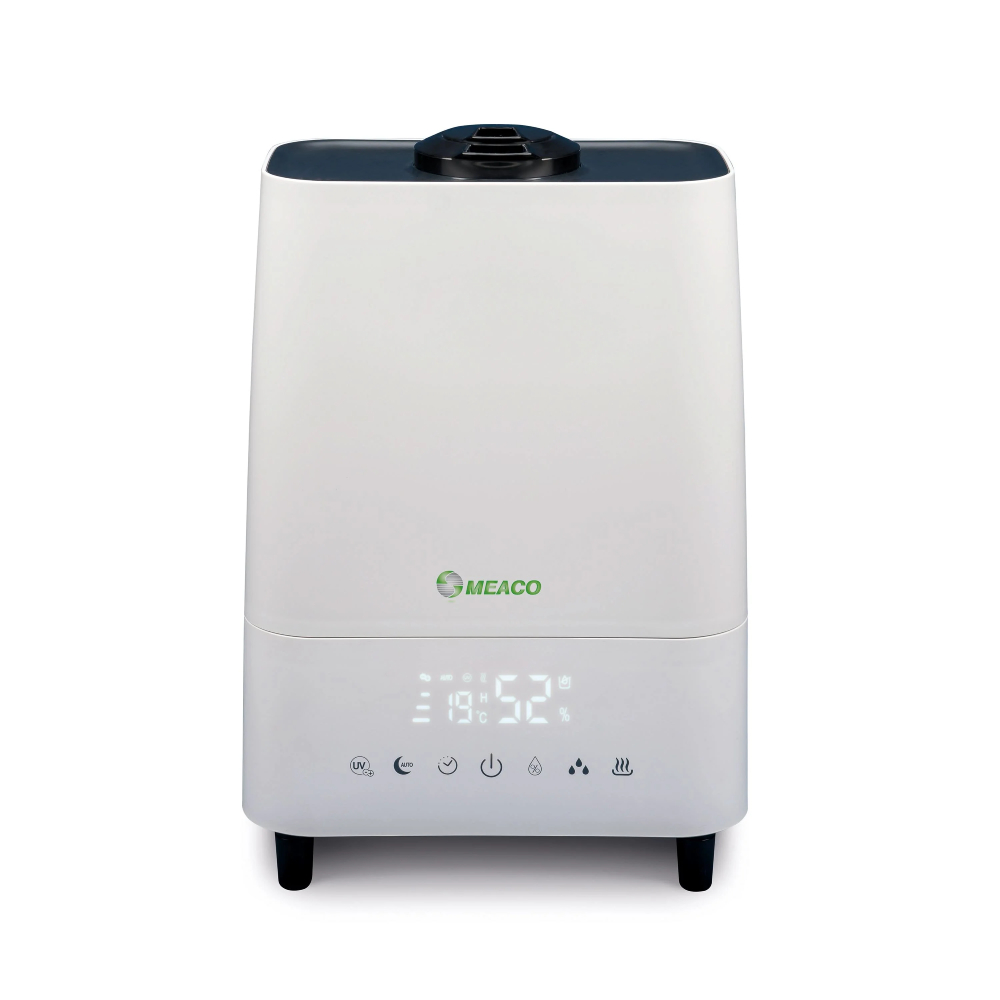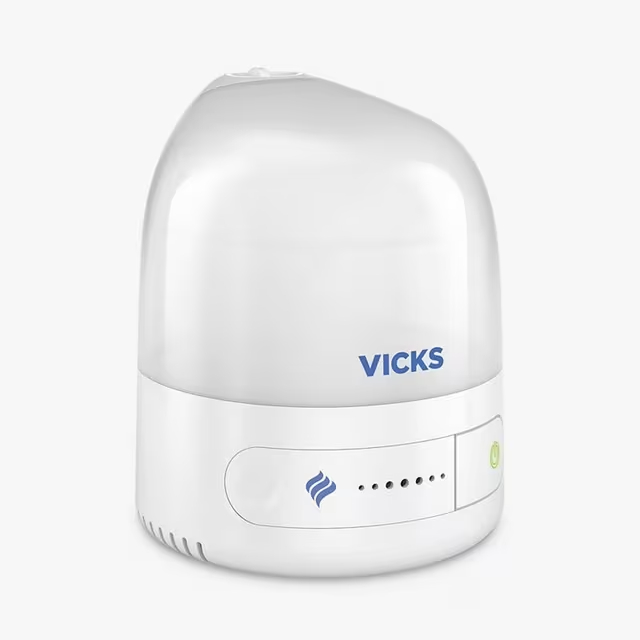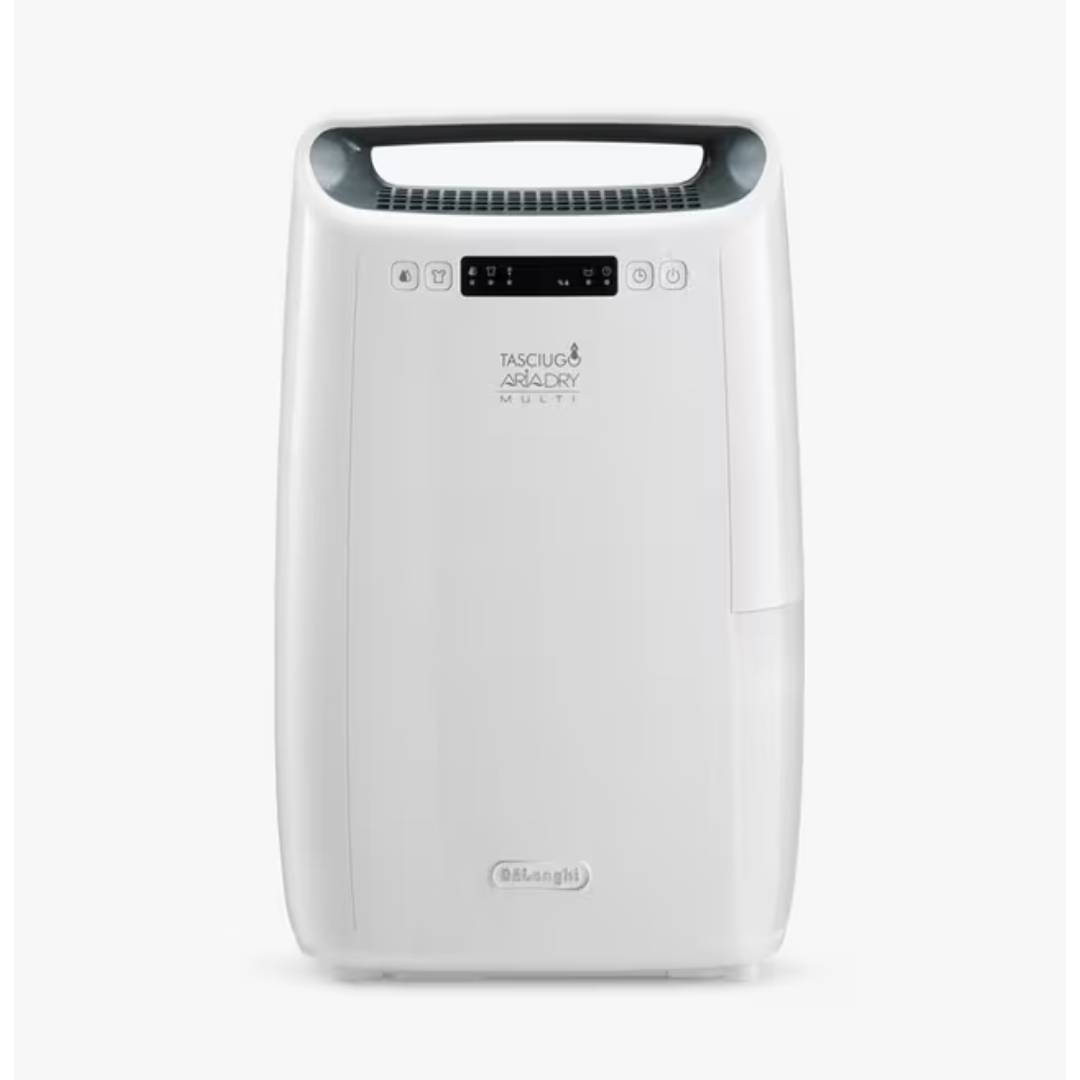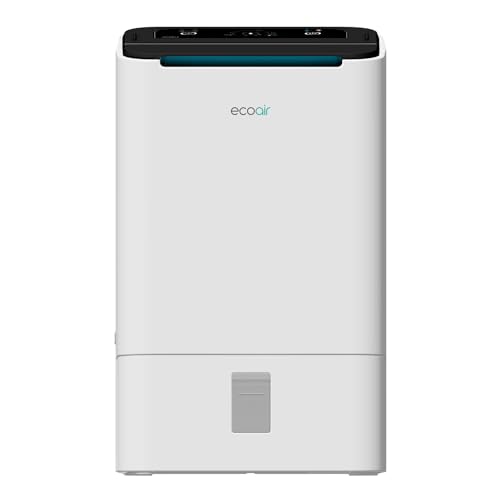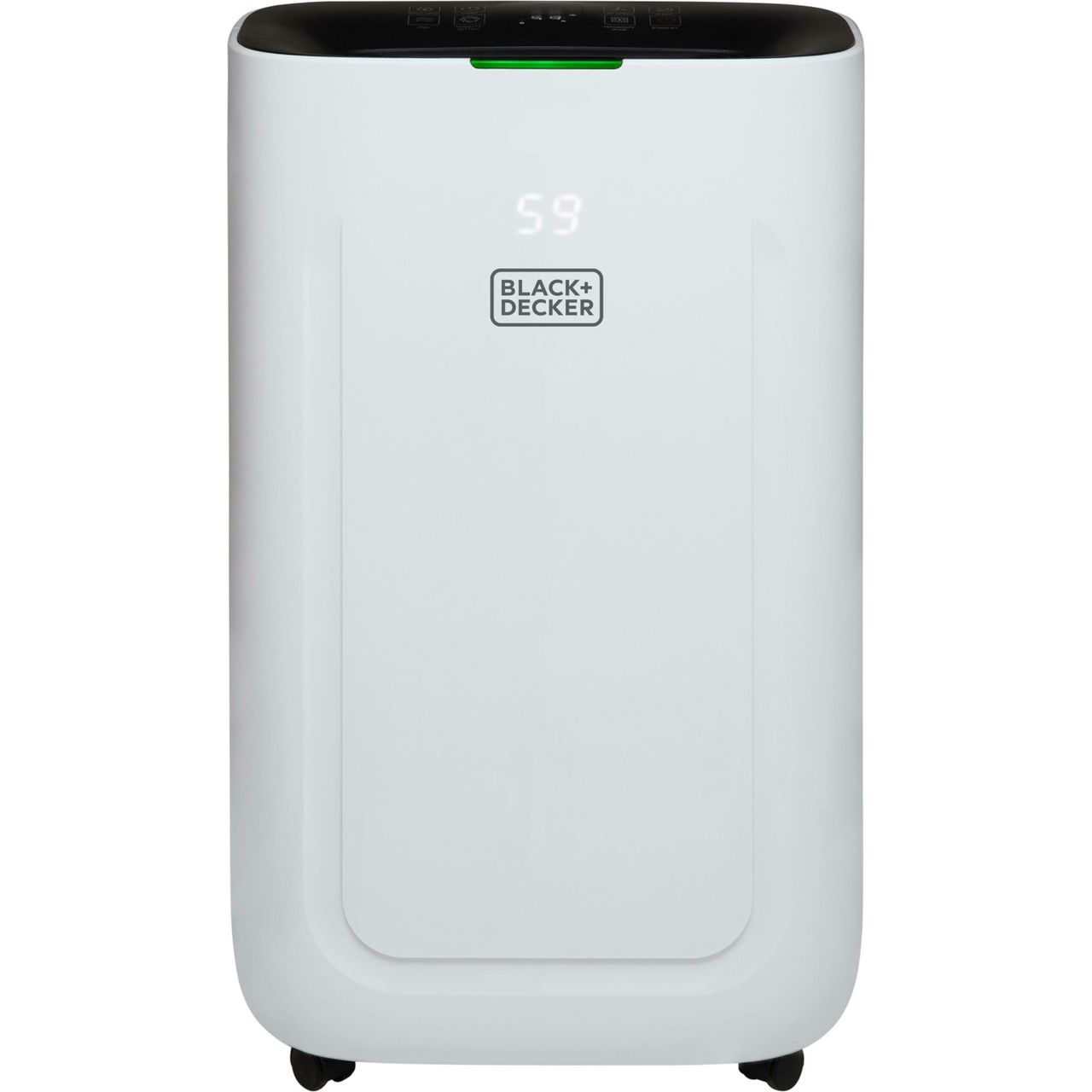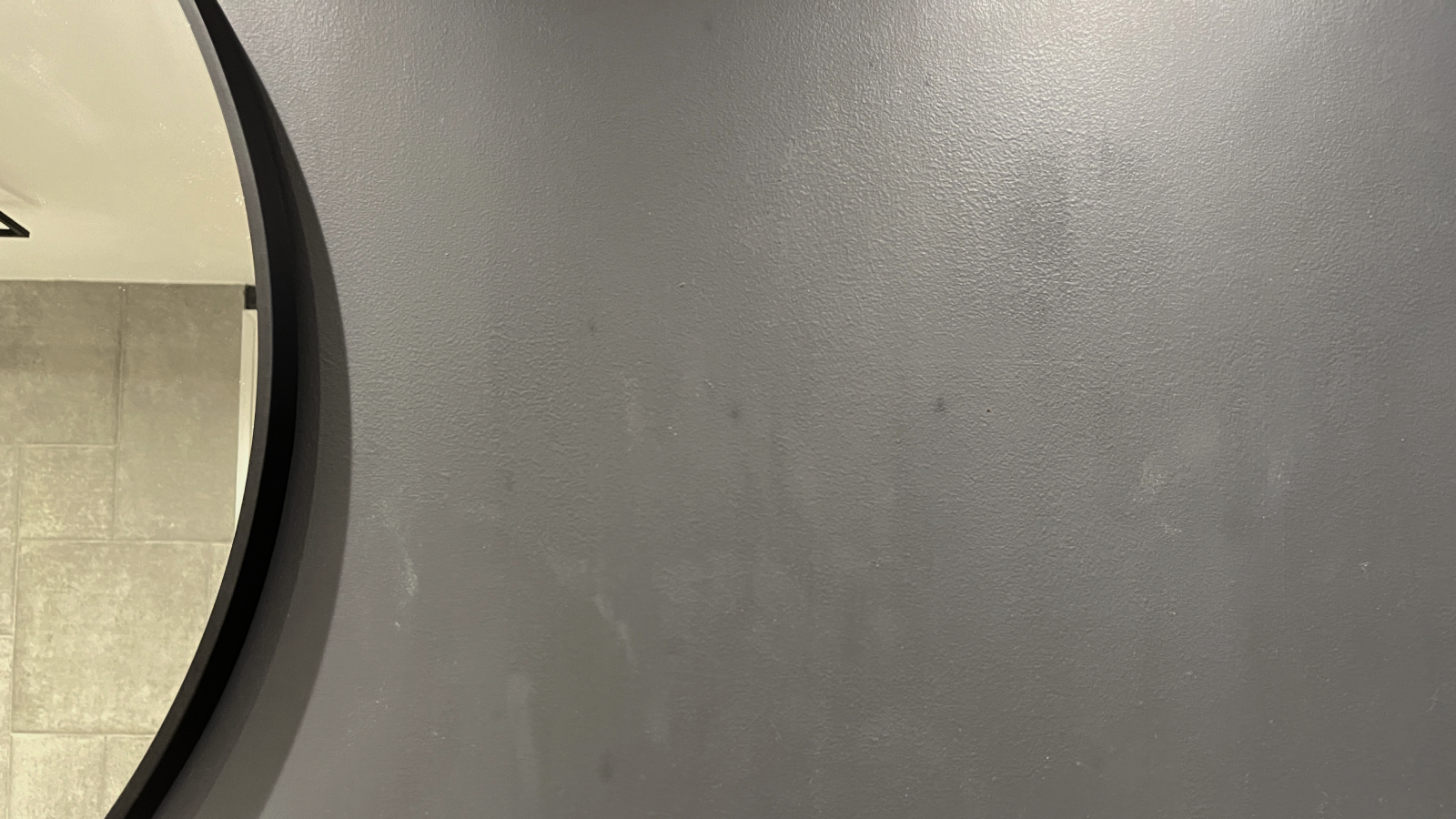Humidifier vs dehumidifier — both control moisture levels but here's why using the wrong one could cause problems in your home
We explore the difference between a humidifier vs dehumidifier to ensure you're using the right appliance to manage the moisture levels you need at home
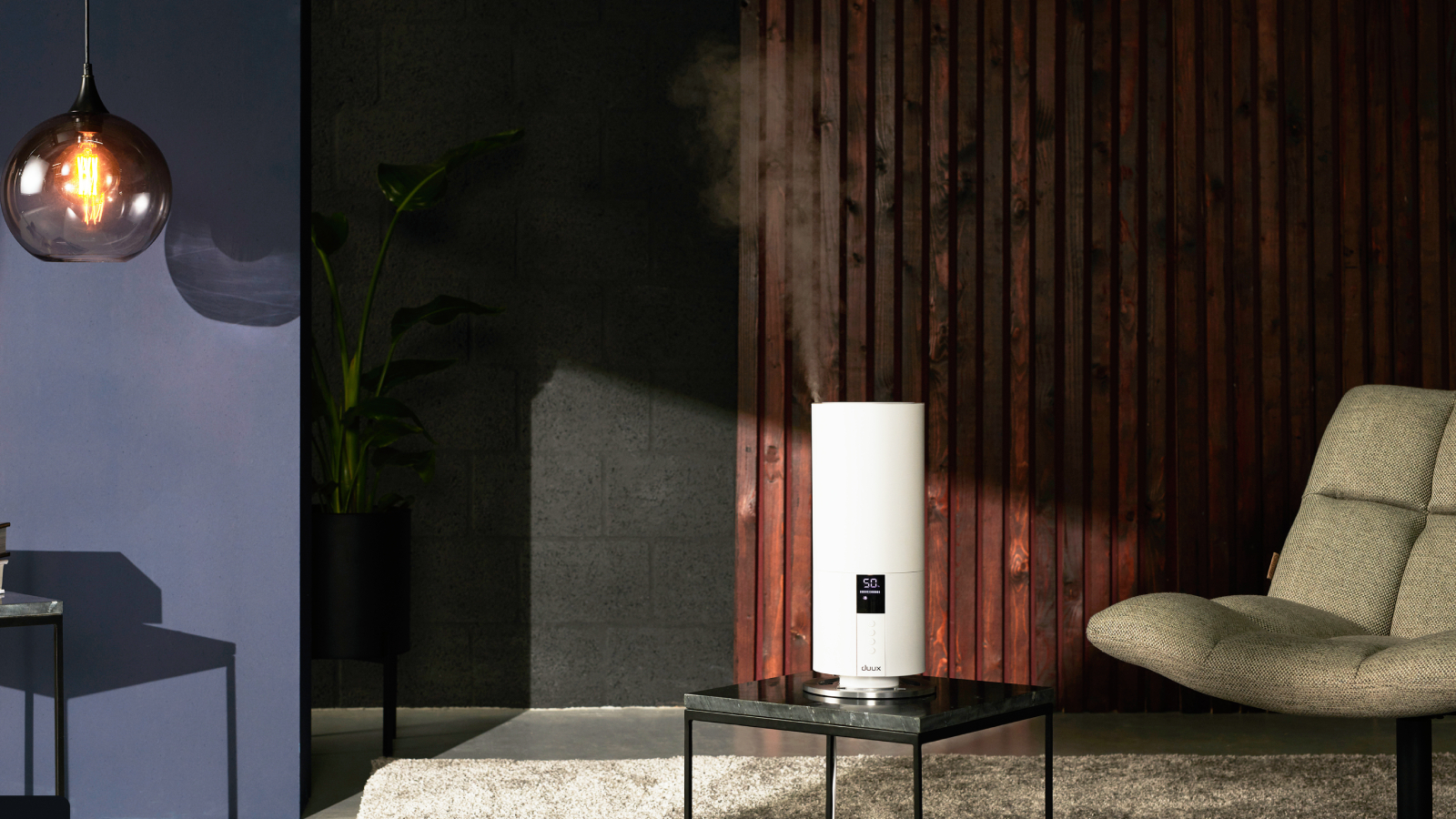
Although the overall purpose of a humidifier vs dehumidifier is in essence the same – both manage moisture levels in your home to help improve air quality – there's a fundamental difference that can cause problems for you, and your home if you pick the wrong product.
With one adding moisture and the other removing it, pick the wrong appliance and you could end up exacerbating issues such as damp, or compounding problems with dry air that can impact both you, and your home's structure.
So how do you know which one you need? We explain the key differences between a humidifier vs dehumidifier to help you make a considered purchase.
Humidifier vs dehumidifer — what's the difference?
As identifying the difference in the products by name is only marked by the use of two different letters 'de', understanding how each one works is important to establish the main differences between a humidifier vs dehumidifer.
"In basic terms, a humidifier adds moisture to the air, while a dehumidifier removes it," explains Chris Michael, managing director of Meaco.
A humidifier’s primary function is to introduce moisture into the air, creating a more hospitable and health-friendly environment, particularly in settings where dry conditions prevail.
On the flip side, a dehumidifier works by extracting moisture from the air, a crucial function in damp indoor spaces to prevent the growth of different types of mould and mildew.
Bring your dream home to life with expert advice, how to guides and design inspiration. Sign up for our newsletter and get two free tickets to a Homebuilding & Renovating Show near you.

Chris and his partner Michelle started Meaco in 1991. Meaco is now regarded internationally as a major player in the dehumidifier industry selling to 20+ countries throughout Europe, North America and South Africa. Meaco sets the benchmark for quality and development in its sector, leading by example and reducing the energy consumption of its appliances.
Signs you need a humidifier
While dry air may feel less problematic than damp air, it can still be a problem, particularly from a personal health point of view, and also if you have a lot of timber in your home – including as part of its structure.
Indications that the air in your home is too dry include:
- Respiratory issues
- Dry eyes or throat
- Frequent static electricity
- Cracking wooden furniture and fixings like solid oak doors
- Wilting houseplants

In these scenarios, a humidifier,can help restore your home to normal levels of humidity, creating a more comfortable living environment.
Shop humidifiers for all budgets
Signs you need a dehumidifier
While a humidifier increases levels of humidity in your home, a dehumidifier works by reducing humidity levels in your home.
According to Chris Michael, signs you may need a dehumidifier include:
- Condensation on windows, particularly in the mornings
- Pooling water on windowsills and walls that feel damp to the touch
- A musty smell that lingers
- Mould or mildew on walls, ceilings or behind furniture
- Wet washing takes a long time to dry when hung indoors
- Worsening allergy symptoms triggered by mould spores or dust mites
"Perhaps the most obvious red flag you need a dehumidifier is if you see any black mould forming on your walls or ceilings," confirms Katie Lilywhite, air treatment expert at AO.com. "This shows your home is struggling with humidity and a new dehumidifier might just be the breath of fresh air your home needs.”
And, if you have already spotted signs of damp, there's no doubt a dehumidifier will help, adds Katie.
“Dehumidifiers are the perfect appliance to get rid of and help prevent damp from reforming. They work by drawing in excess moisture from the air and collect this in a tank rather than recirculating it like a humidifier. This can help to stop mould growth, and reduce any damp patches that may have formed on your walls and ceilings.”
To accurately determine whether a dehumidifier is the right choice for your home, also consider factors such as climate, season, and specific areas of your home. Basements which are cold, for instance, are prone to dampness and might benefit from a dessicant vs compresser dehumidifier.
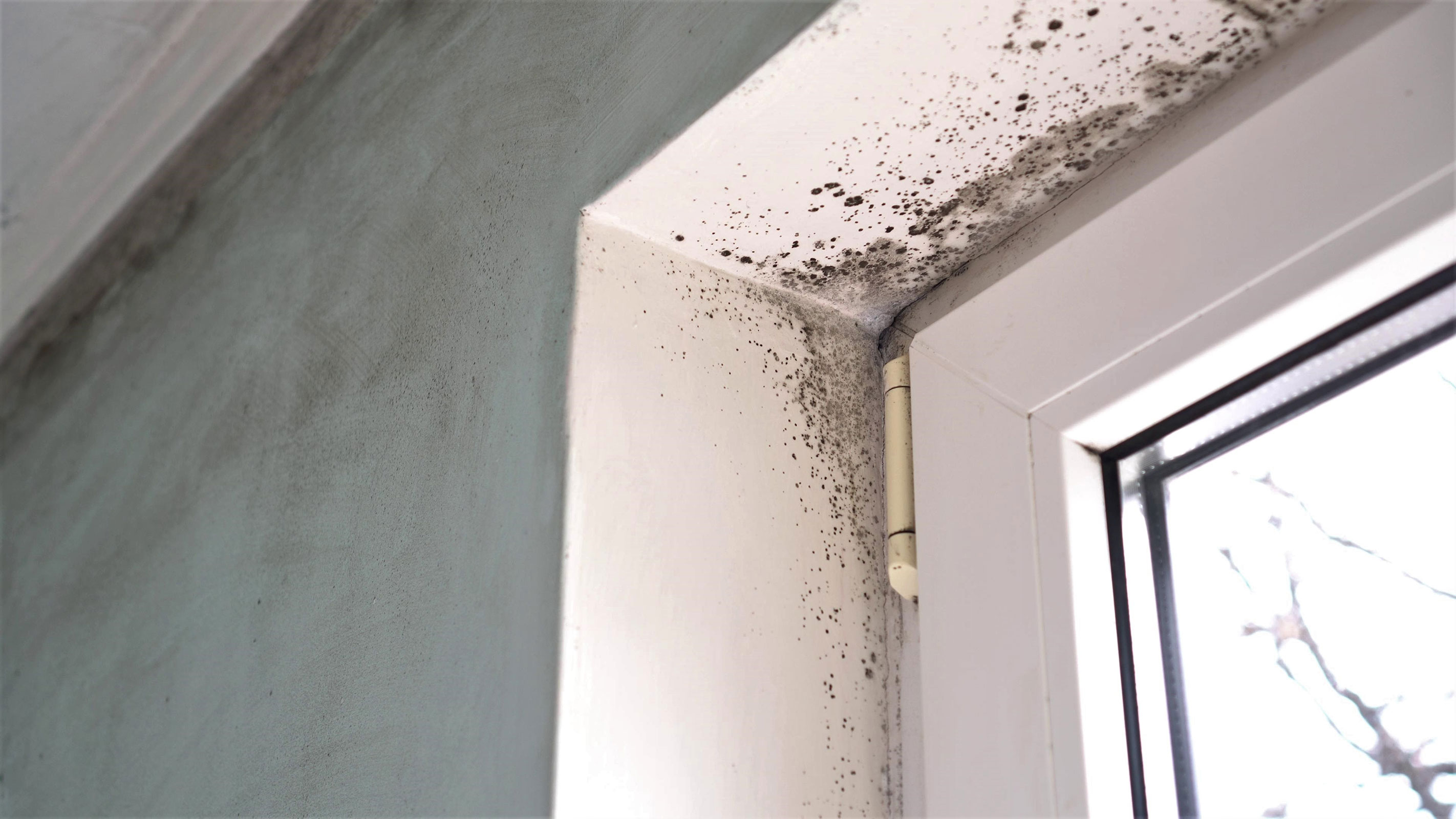
Shop dehumidifiers

Katie is one of the many experts at AO.com, covering a multitude of appliances including air quality products, health and beauty and homes and gardens.
Humidifier vs dehumidifier – which is better for allergies?
If you're experiencing respiratory issues, you could be looking at ways of making the air in your home cleaner. While products such as the Molekule Air Pro will certainly help, managing the moisture levels will also bring comfort if you're suffering with allergies.
If you’re experiencing persistent dry skin, nose bleeds, irritated eyes, or throat discomfort, these could be signs that your indoor air is too dry and you require a humidifier. A humidifier can also reduce the likelihood of nosebleeds and help alleviate symptoms of the flu or common cold.
However, sometimes respiratory issues and allergies are actually indicators of damp and excess moisture in the air, not dry air. In such cases, a dehumidifier would help alleviate these issues more effectively than a humidifier.
“If you’re perhaps suffering from hayfever then a dehumidifier will always be the ideal appliance to help comfort you at home," says Katie Lilywhite. "Cleaner air can be hard to come by in the summer months when pollen is up, but this is made short work of by a HEPA filter. These are designed to catch pollutants in your home and help to provide hayfever or asthma sufferers relief.”
Identifying the cause of your allergies with a medical expert is always recommended too, as this will impact on your choice of humidifier vs dehumidifier.
"Some allergens thrive at low relative humidities and some at high relative humidities," advises Chris Michael, "but maintaining a steady relative humidity (rh) around 55%rh will be the best compromise for everyone's health and to prevent static, damp and condensation issues."
A hygrometer, like this inexpensive ThermoPro hygrometer from Amazon, can be a useful tool in measuring indoor humidity levels, helping you maintain a normal level of humidity within the home.
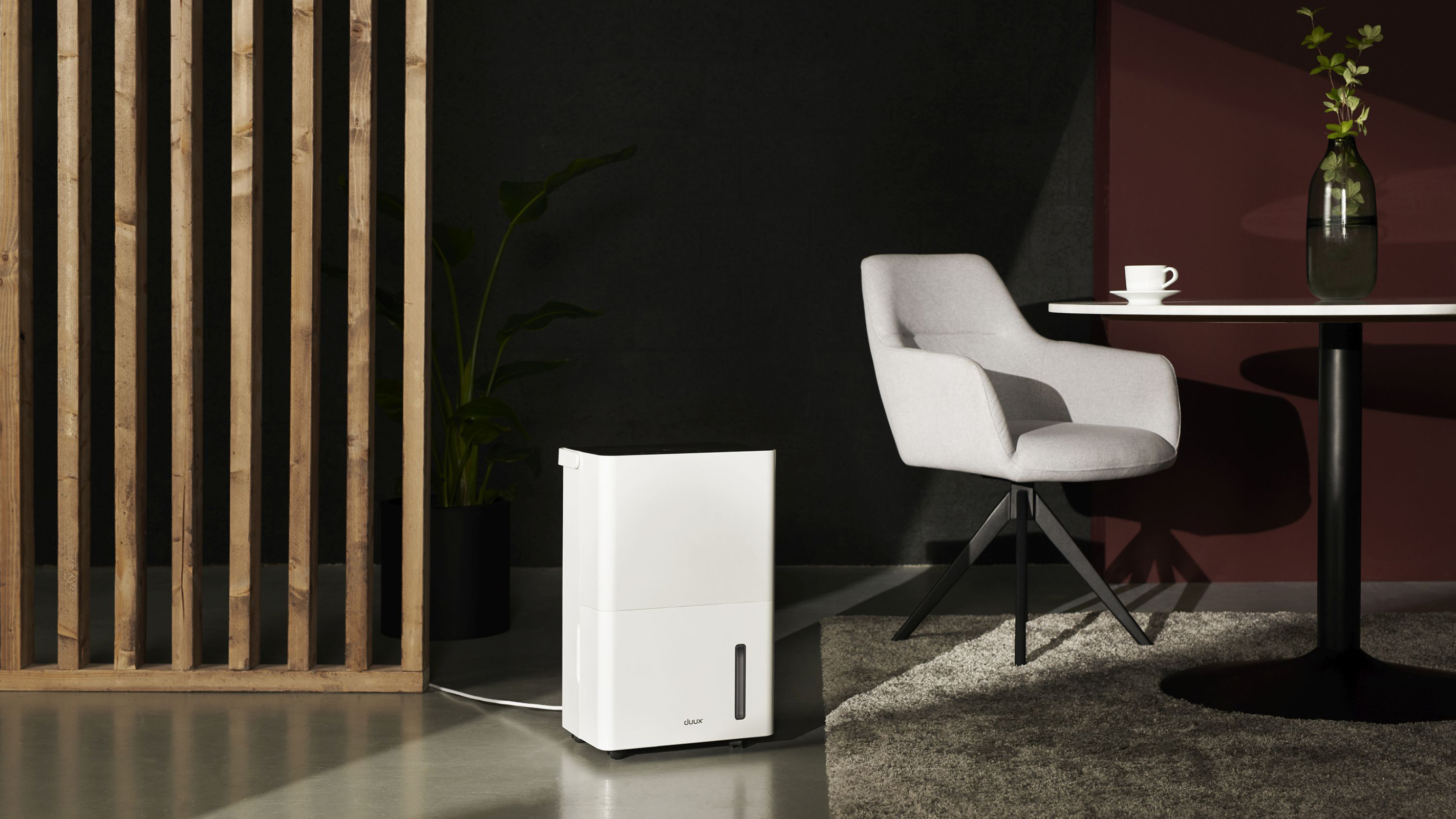
FAQs
Will putting both appliances in the same room negate their purpose?
"Where you use both a dehumidifier and a humidifier in the same room you would set the humidifier humidistat to 50%rh and the dehumidifier humidistat to 60%rh," advises Chris Michael.
"You then have a ‘dead’ zone between 50-60%rh where neither machine is on. This is the proven technique that museums have used for control for decades which can be applied in the home."
Will using a humidifier make your home damp?
"Only ever use a humidifier that has a humidistat on it to prevent it from over-humidifying your space," warns Chris Michael. "There are two types of humidifiers available on the UK domestic market, ultrasonic and evaporative.
"Museums only ever use evaporative humidifiers, because, if the humidistat fails, the physics behind the technology means that they will never over humidify the space, whereas an ultrasonic can take the room's relative humidity up to dangerous levels."
While humidifiers offer numerous benefits, they are not without their potential downsides. If not cleaned regularly, they can also become a breeding ground for mould and bacteria, which are then dispersed into the air, potentially leading to respiratory issues. Proper maintenance, regular cleaning, and monitoring humidity levels are essential.
Are there spaces where you shouldn't use a dehumidifier?
“For the most part, dehumidifiers are safe and useful in most parts of the house but there are a few exceptions and things to be mindful of," advises Katie Lilywhite.
Your kitchen can get quite warm and steamy so while a dehumidifier can help, good ventilation is far more effective. A good cooker hood will do a better job, but should your kitchen have a persistent damp issue then this is where a dehumidifier can excel," she explains.
Using dehumidifiers in a bathroom also needs to be treated with care. The UK electrical guidelines permits items being plugged in and used within the room. While it can be placed outside the door and will certainly extract moisture, "steam from showers can overwhelm some dehumidifiers," says Katie. "As such you’d be better off using the best bathroom extractor fan you can and opening a window after running it.”
In summary, choosing the right appliance has tangible benefits for both your health and comfort. You should purchase a dehumidifier if you want to help treat damp and prevent mould growth in your home. A humidifier is required for particularly dry conditions, and can soothe irritated skin and respiratory passages, as well as preserving the condition of your belongings.
For more information on the dehumidifiers we've tried and tested in our homes, check out our guide to the best dehumidifiers.

Gabriella is an interiors journalist and has a wealth of experience creating interiors and renovation content. She was Homebuilding & Renovating's former Assistant Editor as well as the former Head of Solved at sister brand Homes & Gardens, where she wrote and edited content addressing key renovation, DIY and interior questions.
She’s spent the past decade crafting copy for interiors publications, award-winning architects, and leading UK homeware brands. She also served as the Content Manager for the ethical homeware brand Nkuku.
Gabriella is a DIY enthusiast and a lover of all things interior design. She has a particular passion for historic buildings and listed properties, and she is currently in the process of renovating a Grade II-listed Victorian coach house in the West Country.
